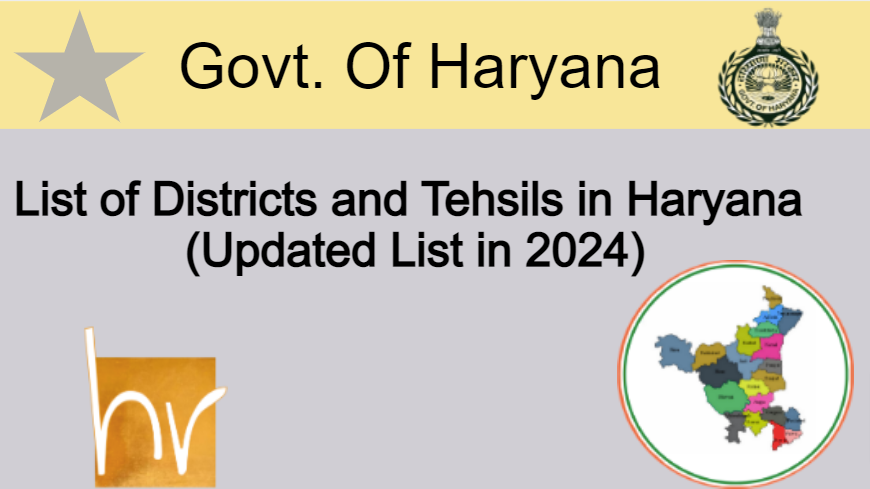India, a land of diverse cultures and histories, is also a country of administrative divisions. These divisions, often referred to as districts and tehsils, play a crucial role in the country’s governance and development.

Article Contents
Understanding Districts and Tehsils
- District: A district is a major administrative division of a state or union territory. It is headed by a District Magistrate or Deputy Commissioner.
- Tehsil: A tehsil is a subdivision of a district. It is headed by a Tehsildar.
Current District Scenario in India
As of 2024, India has a total of 740 districts across its 28 states and 8 union territories. This number includes three new districts that were added recently.
Latest News
- The government has approved the creation of three new districts in the state of Andhra Pradesh.
- The new districts are expected to come into effect soon.
- The government aims to improve administrative efficiency with this move.
Distribution of Districts Across States and UTs
The distribution of districts across India’s states and union territories is uneven. Some states, like Uttar Pradesh, have a large number of districts, while others have fewer.
Distribution of Districts Across States and UTs
| State/UT | Number of Districts |
|---|---|
| Uttar Pradesh | 75 |
| Madhya Pradesh | 52 |
| Rajasthan | 33 |
| Maharashtra | 36 |
| … | … |
| Andaman and Nicobar Islands | 3 |
| Dadra and Nagar Haveli and Daman and Diu | 2 |
Tehsils: The Subdivisions of Districts
Tehsils are further subdivisions of districts. They are responsible for local administration and revenue collection. The number of tehsils in each district varies.
Factors Affecting District and Tehsil Boundaries
Several factors influence the creation and delineation of district and tehsil boundaries:
- Geographical Features: Mountains, rivers, and other natural features often form boundaries.
- Historical Factors: Historical events and kingdoms can influence the formation of districts.
- Administrative Convenience: Districts and tehsils are often created for administrative ease.
- Population and Development: Population density and development levels can also play a role.
Importance of District and Tehsil Divisions
District and tehsil divisions are essential for various reasons:
- Effective Governance: They help in effective administration and governance at the local level.
- Development Planning: They facilitate the implementation of development schemes and programs.
- Law and Order: They play a crucial role in maintaining law and order.
- Revenue Collection: They are responsible for revenue collection and other financial matters.
Challenges in District and Tehsil Administration
Despite their importance, district and tehsil administrations face several challenges:
- Lack of Resources: Many districts and tehsils lack adequate resources to function effectively.
- Corruption: Corruption is a major problem in many parts of the country.
- Red Tape: Bureaucratic red tape can hinder development and service delivery.
- Political Interference: Political interference can often hamper the functioning of district and tehsil administrations.
Future Outlook
The government is continuously working to improve the efficiency of district and tehsil administrations. Some of the measures being taken include:
- Digitalization: Digitalization of administrative processes can help reduce corruption and improve efficiency.
- Capacity Building: Training and capacity building programs for government officials can enhance their skills.
- Citizen-Centric Governance: Focusing on the needs of citizens can help improve service delivery.
Final Remarks
India’s district and tehsil divisions are a complex system that has evolved over centuries. While they play a crucial role in the country’s governance and development, they also face numerous challenges. By addressing these challenges and implementing reforms, India can strengthen its administrative system and improve the lives of its citizens.
FAQs
- How many districts are there in India? As of 2024, there are 740 districts in India.
- What is a tehsil? A tehsil is a subdivision of a district.
- Why are district and tehsil divisions important? They are essential for effective governance, development planning, law and order, and revenue collection.
- What are the challenges faced by district and tehsil administrations? Lack of resources, corruption, red tape, and political interference are some of the major challenges.
